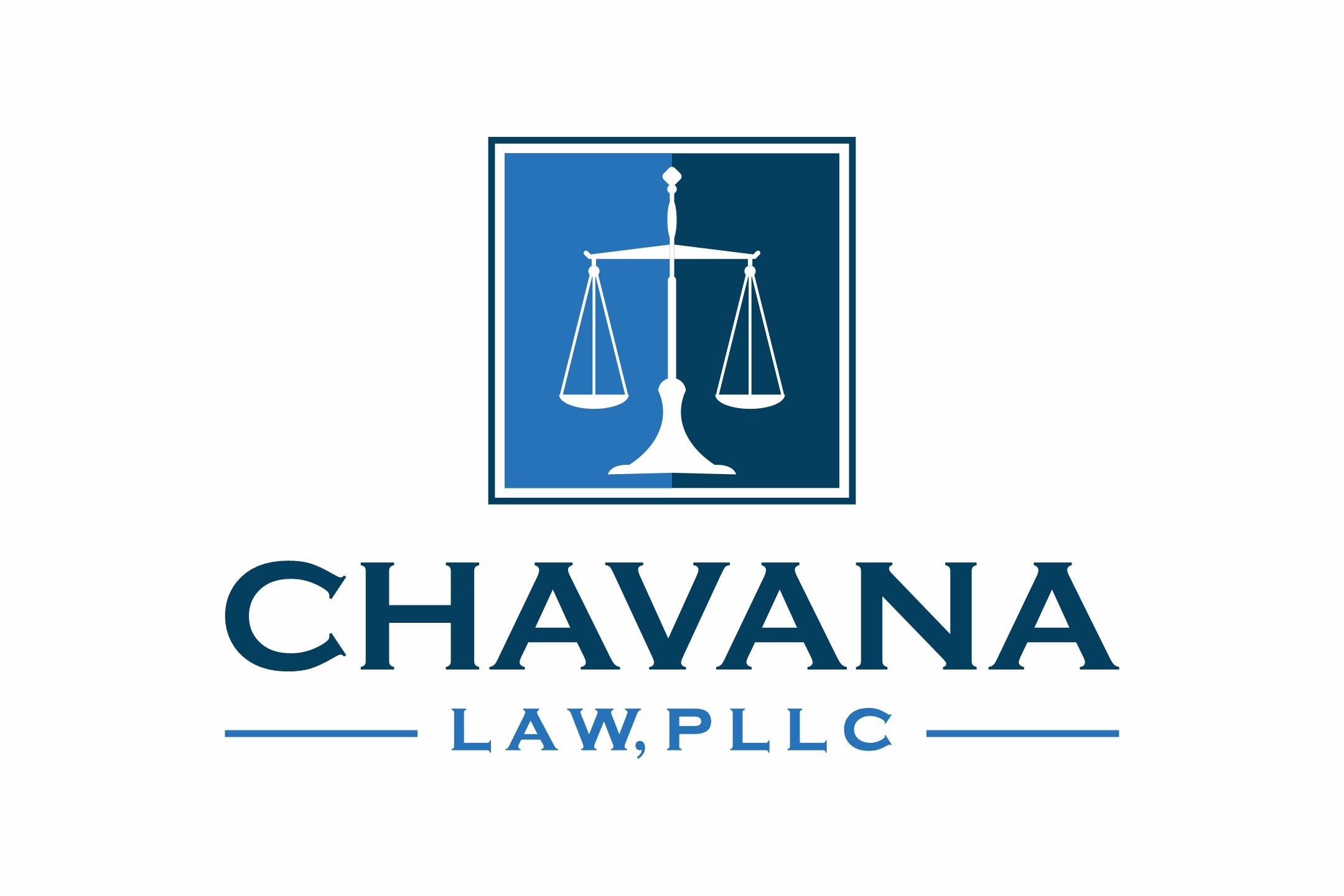Personal Injury Lawyers sometimes face the question as to whether medical experts are required in personal injury cases. Generally, medical expert testimony is advisable. However, different causes of injuries may or may not require medical experts, and the amount of medical specials may make the cost of a medical expert cost-prohibitive, under some circumstances. This post focuses on the necessity of medical experts in car wreck cases. Defendants often argue that without a medical expert, an injured person cannot prove that the car wreck caused the injuries complained of.
Lay testimony may support a causation finding between the automobile accident and basic physical conditions which are
- within the common knowledge and experience of laypersons,
- did not exist before the accident,
- appeared after and close in time to the accident, and
- are within the common knowledge and experience of laypersons, caused by automobile accidents.
Guevara v. Ferrer, 247 S.W.3d 662 (Tex. 2007). The Court also stated that a “causal connection between some events and conditions of a basic nature (and treatment for such conditions) [must be] within a layperson’s general experience and common sense.” Id. To speak with a personal injury lawyer call Hector Chavana Jr. at 713-979-2941.
Two Houston cases add that for lay testimony to be sufficient, there must not be multiple causes for the injury. Praytor v. Ford Motor Co., 97 S.W.3d 237 (Tex. App.-Houston [14th Dist.] 2002); Coastal Tankships, U.S.A., Inc. v. Anderson, 87 S.W.3d 591 (Tex. App.-Houston [1st Dist.], 2002). In Praytor, the injured party complained of sinusitis after the deployment of an airbag, contending that the chemicals in the airbag caused the sinusitis. Evidence showed that sinusitis can have multiple causes. Therefore, lay testimony was insufficient. In Coastal Tankships U.S.A., the plaintiff complained of damage to his lungs (bronchiolitis obliterans organizing pneumonia (BOOP)) after inhaling fumes from a chemical. All parties agreed that the damage to his lungs could have multiple causes. Again, lay testimony was insufficient. Importantly, these were not car wreck cases, and dealt with chemical exposure.
The two Houston cases can be read to be in conflict with Guevara. After all, a back sprain (common in car wreck injuries) can have multiple causes, after all. However, it appears that there is an informal sliding scale as to when lay testimony is sufficient. The closer in time to the wreck, the more common sense the treatment is, and the better the medical records are, the more likely lay testimony is sufficient. Medical records are not part of the formal test, but courts mention the medical records in their opinions, and appears to be an important element to the equation.
In Guevara, for example, the Court expressly said that an emergency room treatment for the injured party immediately after the accident could be supported by lay testimony because it is simply common sense that a car wreck caused the necessity for a hospital visit. The injured party, however, went on to have several “complicated” treatments, that were not at all common sense. For example, the injured person had two abdominal surgeries, treatments for respiratory failure, treatments for kidney failure, and other assorted treatments. The Court said those procedures were outside common knowledge, and that a causal nexus for those injuries could not be supported by lay testimony. The Court also seemed to be persuaded by the lack of medical records explaining a causal connection between the complicated treatments, as well as parts of the medical record that showed the injured party had previous health issues.
So, what treatments are common enough to be supported by lay testimony? This post is not meant to be exhaustive, and there is more significant case law besides these cases. However, here is some insight:
Guevara expressly said that emergency hospital treatments immediately after a car wreck could be supported by lay testimony. (“Non-expert evidence of circumstances surrounding the accident and Arturo’s complaints is sufficient to allow a layperson of common knowledge and experience to determine that Arturo’s immediate post-accident condition which resulted in his being transported to an emergency room and examined in the emergency room were causally related to the accident.”). Other injuries are within a lay person’s experience, according to Guevara. (“causation as to certain types of pain, bone fractures, and similar basic conditions following an automobile collision can be within the common experience of lay jurors”). Other injuries have been held by a Dallas Court to be within common knowledge. Byrd v. Delasancha, 195 S.W.3d 834 (Tex. App.—Dallas 2006, no pet.)(“The portions of the Rehab South medical records that were not objected to show that approximately two weeks later, Byrd continued to have stiffness and discomfort in her neck and back, and she was diagnosed with headaches, insomnia, stress, an abdominal contusion, a shoulder sprain, a cervical dorsal sprain, and a lumbar sprain.”).
To speak with a personal injury attorney about a car wreck or car accident or other type of injury, call Hector Chavana Jr. at 713-979-2941.
